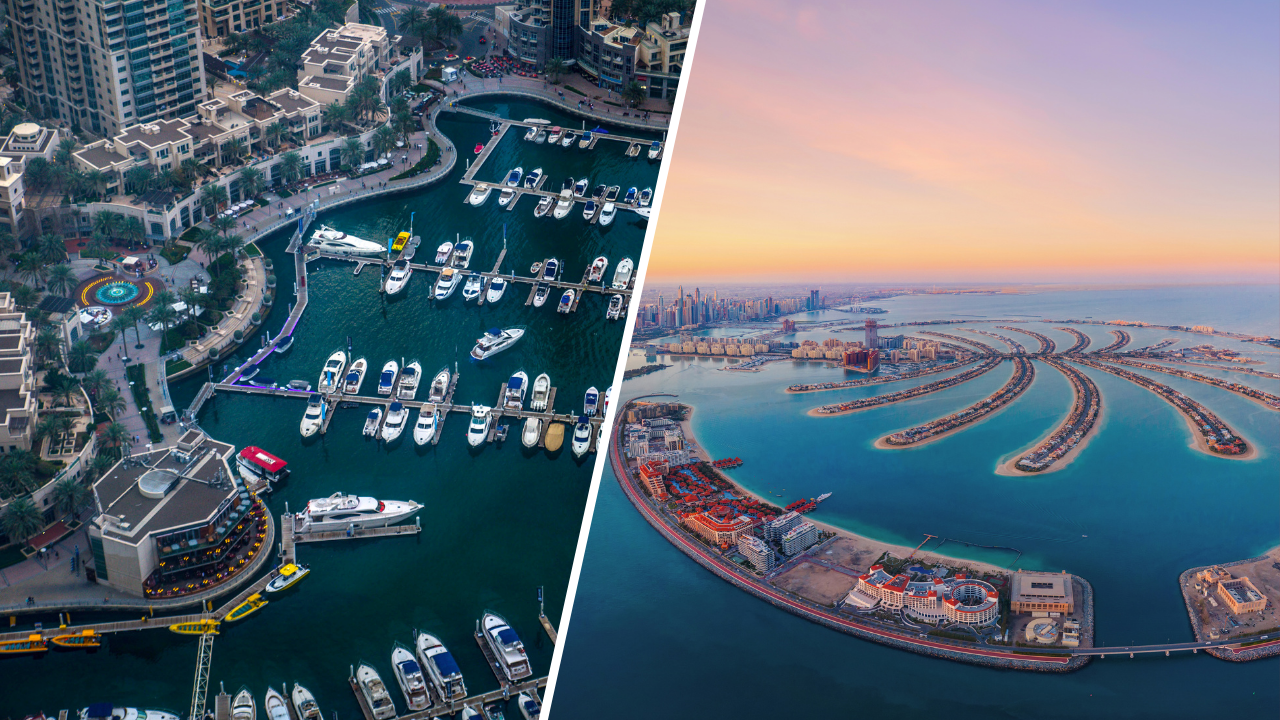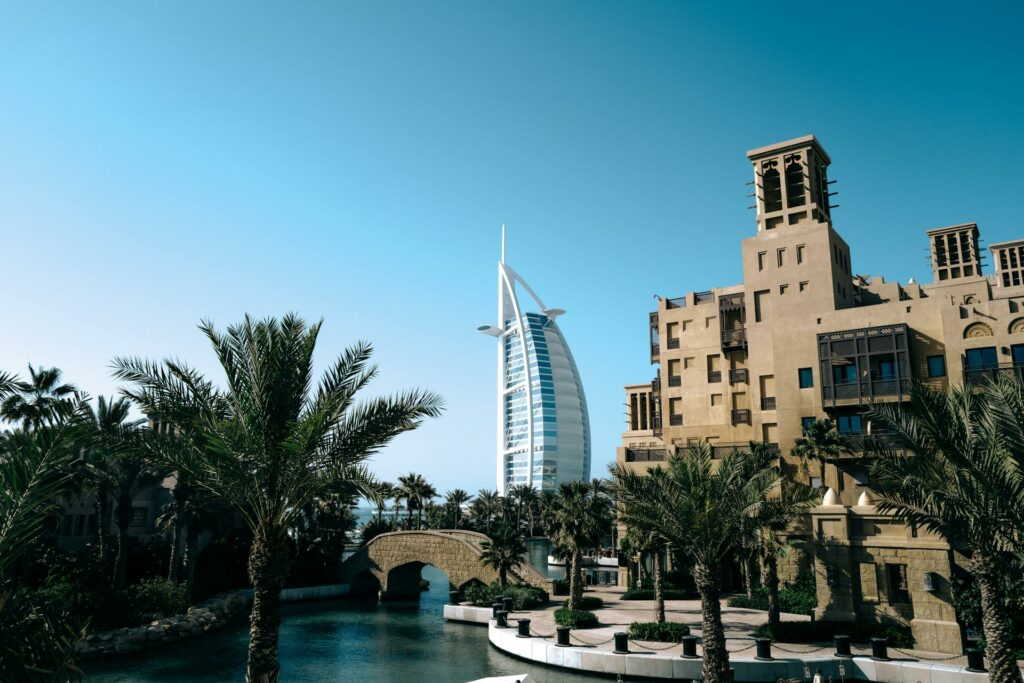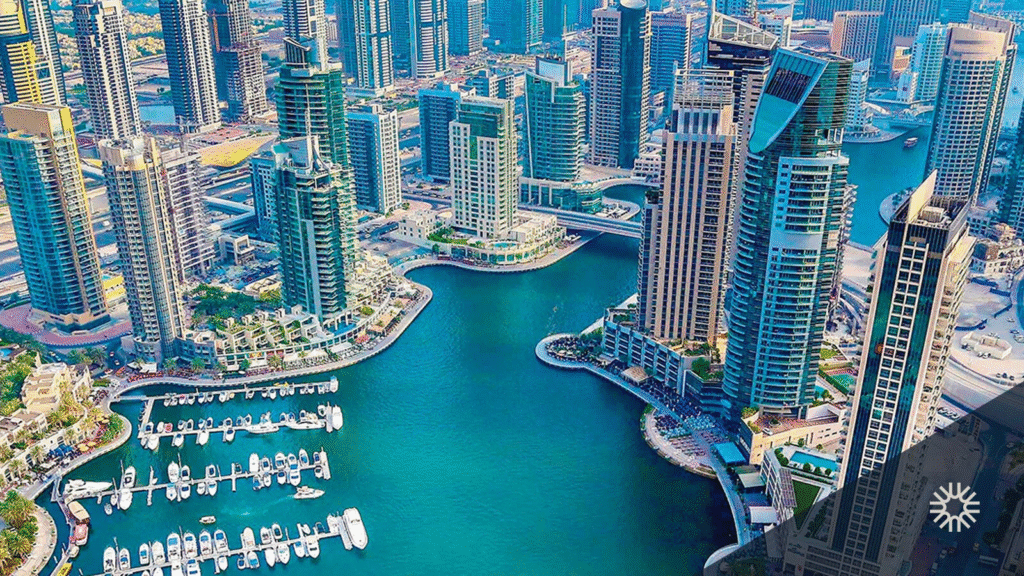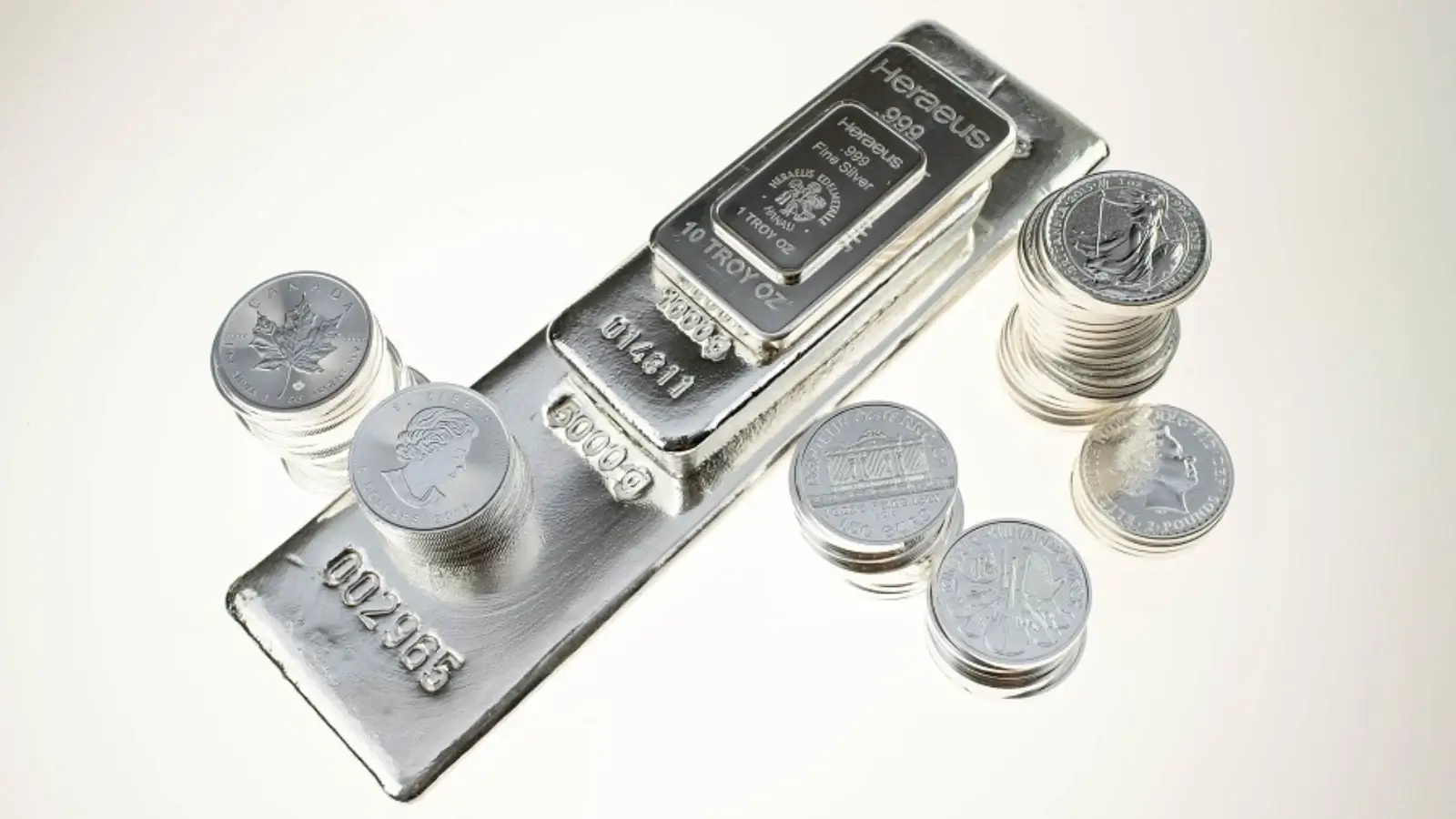Now Reading: Dubai Marina vs Palm Jumeirah: Best for Foreign Property Buyers in 2025?
-
01
Dubai Marina vs Palm Jumeirah: Best for Foreign Property Buyers in 2025?
Dubai Marina vs Palm Jumeirah: Best for Foreign Property Buyers in 2025?

Table of Contents
Dubai Marina vs Palm Jumeirah: Dubai’s real estate market in 2025 is thriving, with 94,000 residential transactions worth AED 262.7 billion in H1, up 23.04% year-on-year, per Dubai Land Department (DLD) data. Foreign buyers, enabled by Decree No. 3 of 2006, are drawn to freehold zones like .
Marina and Palm Jumeirah for their 6–12% rental yields, 5–15% capital appreciation, and tax-free returns With 4 million residents and 25 million annual tourists, these iconic areas offer distinct investment and lifestyle benefits. This guide compares Dubai Marina and Palm Jumeirah to determine which is better for foreign property buyers in 2025, evaluating pricing, yields, appreciation, lifestyle, and risks, based on sources like Bayut, Property Finder, and DLD.
Dubai Marina: Overview for Foreign Buyers
- Location and Appeal: A vibrant waterfront community along Sheikh Zayed Road, Dubai Marina is a freehold zone known for its skyscrapers, 7km canal, and proximity to business hubs like DIFC (15 minutes). It attracts young professionals, families, and tourists with its nightlife, dining, and marina walk.
- Property Types: Primarily apartments (studios to 3-bedroom units) in towers like Cayan Tower and Marina Gate. Prices range from AED 800,000 (studios) to AED 4 million (3-bedroom apartments).
- Rental Yields: 6–10% (e.g., AED 80,000/year for a AED 800,000 studio; AED 280,000/year for a AED 2.8 million 2-bedroom). Short-term Airbnb rentals yield up to 10% due to tourist demand.
- Capital Appreciation: 5–10% annually, driven by high occupancy (90%+) and infrastructure like the Blue Line Metro. Prices average AED 2,000–2,500/sq. ft.
- Lifestyle: Urban, cosmopolitan vibe with restaurants, malls (Dubai Marina Mall), and beach access (JBR Beach). Ideal for expats in finance, tech, or media seeking connectivity and entertainment.
- Key Projects: Marina Gate (Select Group, from AED 1.2 million), LIV Residence (from AED 1.5 million).
- Golden Visa: Properties over AED 2 million qualify for a 10-year residency visa (fees: AED 9,884.75 primary).
Palm Jumeirah: Overview for Foreign Buyers

- Location and Appeal: An iconic man-made island, Palm Jumeirah is a luxury freehold zone with beachfront villas, apartments, and hotels like Atlantis The Palm. It offers exclusivity, privacy, and sea views, appealing to high-net-worth individuals (HNWIs) and retirees.
- Property Types: Apartments (1-bedroom to penthouses) and villas. Apartments start at AED 3.5 million; villas from AED 25 million.
- Rental Yields: 5–7% (e.g., AED 245,000/year for a AED 3.5 million 1-bedroom; AED 1.75 million/year for a AED 25 million villa). Short-term rentals yield up to 7% due to tourist and elite demand.
- Capital Appreciation: 7–12% annually, driven by limited supply and prestige. Prices average AED 3,000–4,122/sq. ft. Record villa sale: AED 275 million in 2024 (One at Palm Jumeirah).
- Lifestyle: Exclusive, resort-style living with private beaches, fine dining, and spas. Suits HNWIs, families, and retirees seeking luxury and tranquility.
- Key Projects: Como Residences (Nakheel, from AED 21 million), One at Palm Jumeirah (Omniyat, from AED 25 million).
- Golden Visa: Eligible for properties over AED 2 million.
Comparison: Dubai Marina vs Palm Jumeirah
1. Affordability and Entry Point
- Dubai Marina: Lower entry point (studios from AED 800,000) makes it accessible to mid-income buyers, including expats from India, the UK, and Pakistan. Flexible payment plans (e.g., 60/40 for off-plan projects) and 50–70% mortgages at 3–5% rates suit budget-conscious investors.
- Palm Jumeirah: Higher entry point (apartments from AED 3.5 million, villas from AED 25 million) targets HNWIs from Europe, Russia, and China. Payment plans (e.g., 80/20 for Como Residences) reduce upfront costs, but high prices limit accessibility.
- Winner: Dubai Marina for affordability; Palm Jumeirah for prestige.
2. Rental Yields
- Dubai Marina: 6–10% yields, with studios and 1-bedroom units outperforming due to tourist and expat demand. Short-term Airbnb rentals in towers like Marina Gate yield up to 10% (e.g., AED 120,000/year for a AED 1.2 million apartment).
- Palm Jumeirah: 5–7% yields, lower due to higher purchase prices. Short-term rentals in projects like Como Residences yield up to 7% (e.g., AED 1.47 million/year for a AED 21 million apartment).
- Winner: Dubai Marina for higher yields, especially for short-term rentals.
3. Capital Appreciation
- Dubai Marina: 5–10% annual gains, supported by urban connectivity and infrastructure like the Blue Line Metro, boosting values near tram and metro stations by up to 26.7%.
- Palm Jumeirah: 7–12% gains, driven by limited supply and exclusivity. High-profile sales (e.g., AED 275 million villa) signal strong demand, with apartments in projects like One at Palm appreciating faster.
- Winner: Palm Jumeirah for stronger long-term appreciation.
4. Lifestyle and Tenant Appeal
- Dubai Marina: Urban, vibrant lifestyle with nightlife, dining, and beach access at JBR. Attracts young professionals, couples, and tourists for short-term rentals, ensuring 90%+ occupancy. Proximity to Sheikh Zayed Road and metro suits finance and tech expats.
- Palm Jumeirah: Exclusive, serene lifestyle with private beaches and luxury amenities. Appeals to HNWIs, families, and retirees for long-term living or vacation rentals. Less accessible by public transport but offers unmatched prestige.
- Winner: Dubai Marina for accessibility and vibrancy; Palm Jumeirah for exclusivity and luxury.
5. Costs and Fees
- Dubai Marina: 6–8% of purchase price in fees (4% DLD transfer fee, 2% agent commission plus 5% VAT, AED 4,200 registration for properties over AED 500,000). Service charges: AED 10–20/sq. ft. (e.g., AED 10,000–20,000/year for a 1,000 sq. ft. apartment). Municipality housing fee: 5% of rental value.
- Palm Jumeirah: Similar fees (6–8%), but higher service charges (AED 15–30/sq. ft.) due to premium amenities (e.g., AED 30,000/year for a 1,000 sq. ft. apartment). Municipality housing fee applies.
- Winner: Dubai Marina for lower ongoing costs.
6. Risks
- Dubai Marina: Moderate oversupply risk due to new tower developments, potentially softening yields. High occupancy mitigates this. Fraud risks (150+ cases in 2024) require DLD title deed verification.
- Palm Jumeirah: Limited supply reduces oversupply risk, but high prices increase exposure to market corrections. Off-plan delays (5–10% risk in 2024) apply to projects like Como Residences. Verify escrow via DLD.
- Winner: Dubai Marina for lower financial exposure; Palm Jumeirah for supply scarcity.
Which Is Best for Foreign Buyers?
- Choose Dubai Marina If: You’re a mid-income investor seeking affordability (from AED 800,000), higher yields (6–10%), and an urban lifestyle. Ideal for short-term rentals to tourists or long-term leases to expats in finance/tech. Suits buyers prioritizing cash flow and accessibility.
- Choose Palm Jumeirah If: You’re a high-net-worth investor targeting luxury (from AED 3.5 million), stronger capital gains (7–12%), and exclusivity. Best for long-term investments or vacation homes, appealing to HNWIs and retirees. Golden Visa eligibility is a bonus.
- Hybrid Strategy: Combine investments (e.g., a AED 1.2 million Marina apartment for yields and a AED 3.5 million Palm apartment for appreciation) to diversify and meet Golden Visa thresholds (AED 2 million+).
Strategic Tips for Foreign Buyers

- Verify freehold status and title deeds via DLD to confirm eligibility and avoid fraud (150+ cases in 2024).
- Engage RERA-registered agents (verifiable via Dubai REST app) and legal advisors to review SPAs, especially for off-plan projects.
- Budget 6–8% for fees (e.g., AED 48,000–64,000 for a AED 800,000 Marina studio) and 1–2% annually for service charges and maintenance.
- Leverage 50–70% mortgages (3–5% rates) or off-plan payment plans (e.g., 60/40 for Marina Gate). Use forex services to lock in exchange rates.
- Optimize rentals via Airbnb in Dubai Marina (8–10% yields) or long-term leases in Palm Jumeirah (5–7%) per Dubai Smart Rental Index 2025.
- Monitor trends via DXB Interact, Bayut, and Property Finder. Track Blue Line Metro via RTA Dubai App for appreciation potential.
- Use DIFC/DMCC companies to minimize 9% corporate tax on rentals over AED 375,000. Consult tax advisors for home country liabilities (e.g., UK’s 18–28% capital gains tax) and DTAs with 100+ countries.
Conclusion
Dubai Marina and Palm Jumeirah are top freehold zones for foreign buyers in 2025, each catering to different priorities. Dubai Marina excels for affordability, higher yields (6–10%), and urban vibrancy, ideal for mid-income investors and short-term rentals. Palm Jumeirah leads for luxury, stronger capital gains (7–12%), and exclusivity, suiting HNWIs and long-term investments. By verifying credentials via DLD, engaging RERA-registered professionals, and leveraging market tools like, foreign buyers can choose the best location to align with their financial and lifestyle goals in Dubai’s thriving real estate market.
read more: Can Foreigners Buy Commercial Property in Dubai? A 2025 Guide






















